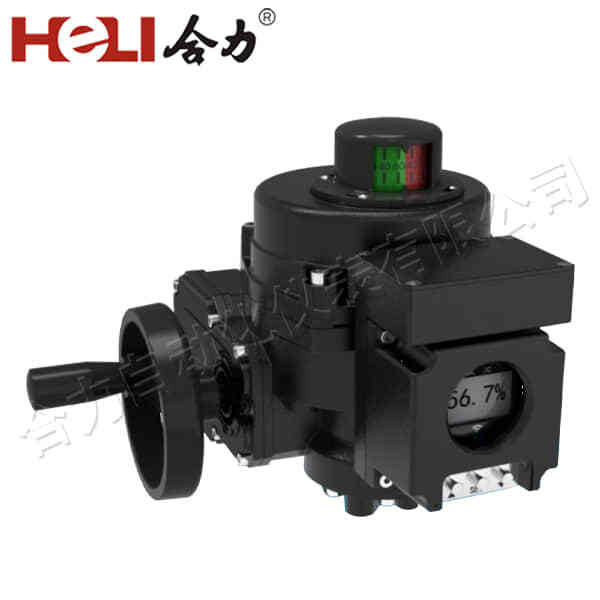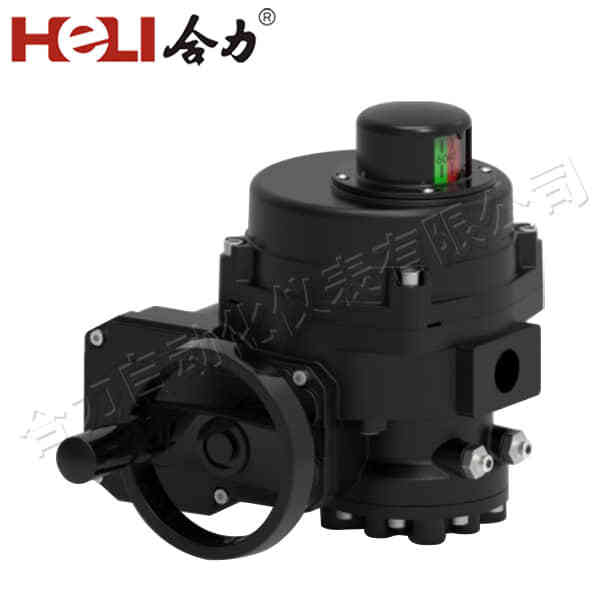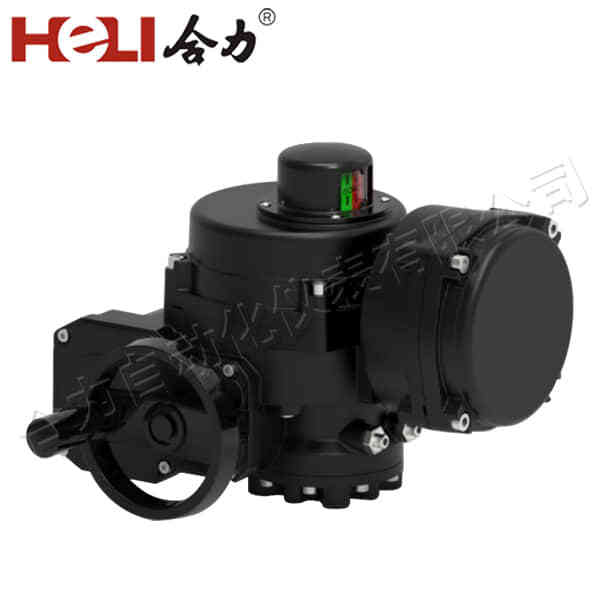Electric actuators have become a key component in modern industrial processes, particularly when it comes to controlling valves. These devices play a crucial role in automating operations, enhancing efficiency, and ensuring precise control in systems such as water treatment plants, chemical manufacturing, oil and gas industries, and HVAC systems. This article delves into the functionality, benefits, and considerations of using electric actuators for valves.

What is an Electric Actuator for Valves?

An electric actuator is a device that uses electrical energy to control the opening and closing of a valve. It converts electrical signals into mechanical motion, making it possible to precisely adjust the valve’s position. These actuators typically consist of an electric motor, gears, and other control components to drive the valve mechanism. Electric actuators can be used with various types of valves, including ball valves, butterfly valves, and globe valves, in both on-off and modulating control applications. How Do Electric Actuators Work? The working principle behind electric actuators is relatively simple. The actuator receives an electrical signal, usually from a controller or automated system, and the electric motor converts this signal into rotational or linear motion. This motion is then transmitted through a gearbox or direct drive to the valve stem, which in turn moves the valve to the desired position. The degree of motion can be adjusted based on the input signal, allowing for both precise and efficient control.
